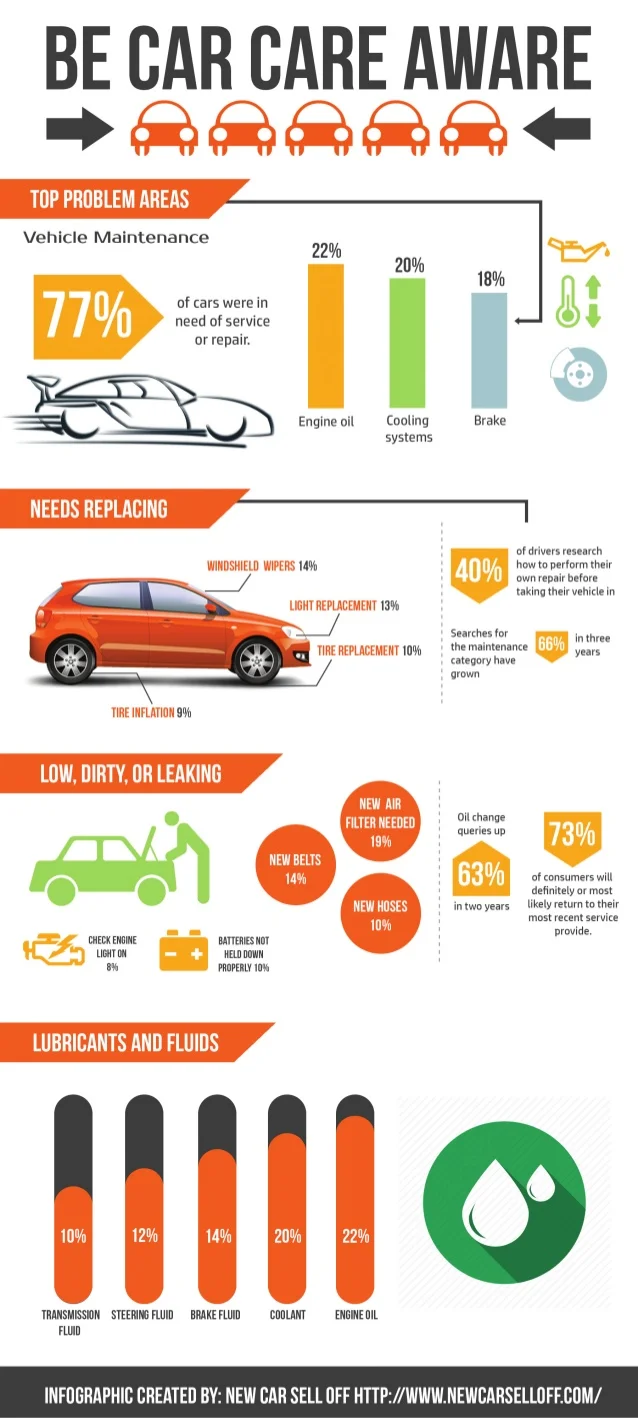Seeking Clearness On The Warning Lights Presented On Your Vehicle'S Dashboard? Learn Just How They Associate With Your Automobile'S Health And Safety
Seeking Clearness On The Warning Lights Presented On Your Vehicle'S Dashboard? Learn Just How They Associate With Your Automobile'S Health And Safety
Blog Article
Article By-Lauritsen Stark
When you're behind the wheel, those glowing warning lights on your dashboard can be a bit perplexing. Do you know what they're trying to tell you regarding your car's wellness? Understanding the value of these lights is crucial for your safety and security and the longevity of your automobile. So, the next time one of those lights pops up, would not you want to understand its message precisely and take the necessary actions to resolve it?
Common Caution Lighting and Interpretations
Identify common warning lights in your auto and comprehend their significances to ensure safe driving.
The most common warning lights consist of the check engine light, which indicates problems with the engine or discharges system. If this light begins, it's important to have your car examined promptly.
The oil pressure warning light shows low oil pressure, requiring immediate focus to prevent engine damage.
https://brakecheck28405.blogs100.com/30401969/the-clear-cut-handbook-for-automobile-explaining-products-crucial-expertise-for-novices blinking battery light might suggest a malfunctioning charging system, possibly leaving you stranded if not dealt with.
The tire stress surveillance system (TPMS) light notifies you to reduced tire stress, impacting vehicle security and fuel efficiency. Overlooking this might bring about harmful driving problems.
The abdominal muscle light suggests an issue with the anti-lock stopping system, endangering your capacity to quit swiftly in emergencies.
Lastly, the coolant temperature level warning light warns of engine getting too hot, which can cause severe damages otherwise dealt with quickly.
Understanding these usual caution lights will help you attend to issues without delay and keep secure driving conditions.
Significance of Prompt Focus
Recognizing the common warning lights in your cars and truck is only the primary step; the importance of without delay dealing with these cautions can not be emphasized sufficient to guarantee your safety and security when driving.
When a warning light brightens on your control panel, it's your vehicle's way of communicating a possible concern that needs attention. Ignoring these warnings can bring about much more severe issues later on, compromising your safety and security and potentially costing you extra in repairs.
Trigger interest to warning lights can prevent malfunctions and mishaps. As an example, a blinking check engine light could show a misfire that, if left unattended, can trigger damages to the catalytic converter. Resolving this promptly can save you from an expensive fixing.
Similarly, a brake system warning light may indicate low brake fluid or used brake pads, essential parts for your safety when driving.
Do It Yourself Troubleshooting Tips
If you discover a caution light on your dashboard, there are a few DIY fixing pointers you can try prior to looking for expert aid.
The initial step is to consult your car's handbook to comprehend what the certain warning light indicates. Occasionally the issue can be as basic as a loosened gas cap triggering the check engine light. Tightening the gas cap may solve the trouble.
One more typical concern is a low battery, which can cause numerous alerting lights. Checking self car wash for deterioration and guaranteeing they're safe and secure may deal with the trouble.
If a warning light lingers, you can try resetting it by detaching the automobile's battery for a few mins and after that reconnecting it. In addition, inspecting your vehicle's fluid degrees, such as oil, coolant, and brake fluid, can aid troubleshoot warning lights associated with these systems.
Final thought
To conclude, recognizing your auto's caution lights is necessary for keeping your vehicle running efficiently and securely. By without delay dealing with these alerts and knowing what they imply, you can prevent pricey repair services and potential breakdowns.
Keep in mind to consult your cars and truck's guidebook for particular details on each cautioning light and act accordingly to guarantee a hassle-free driving experience.
Stay notified, stay safe when driving!
